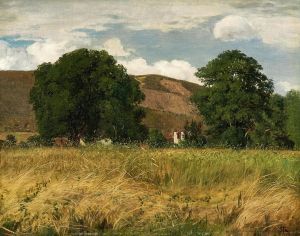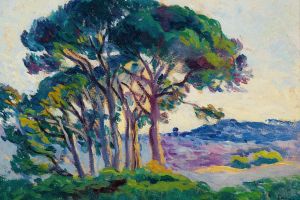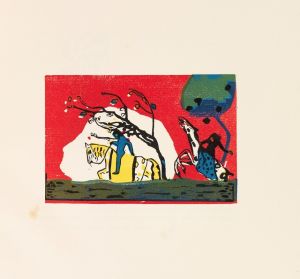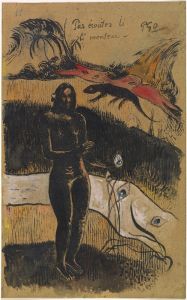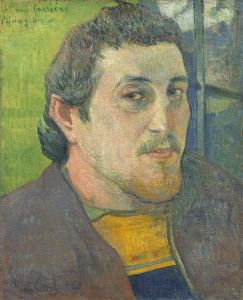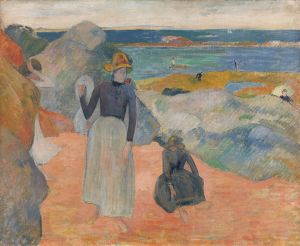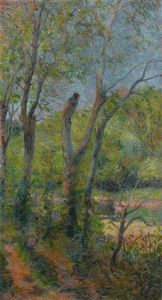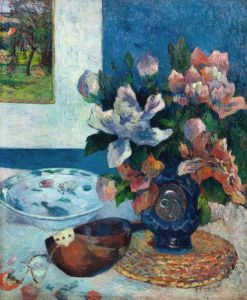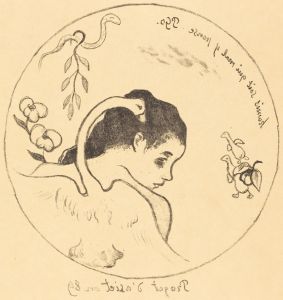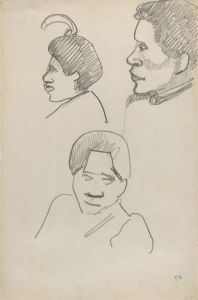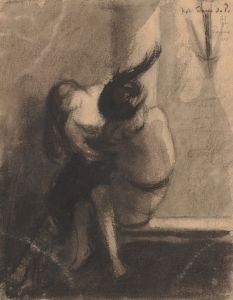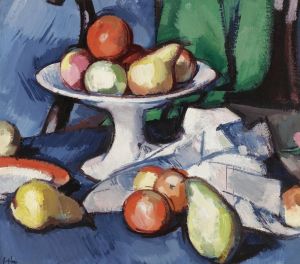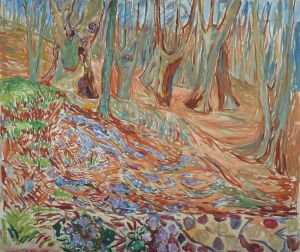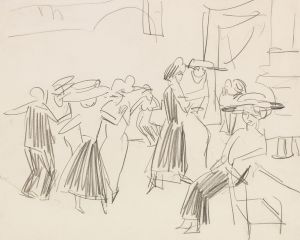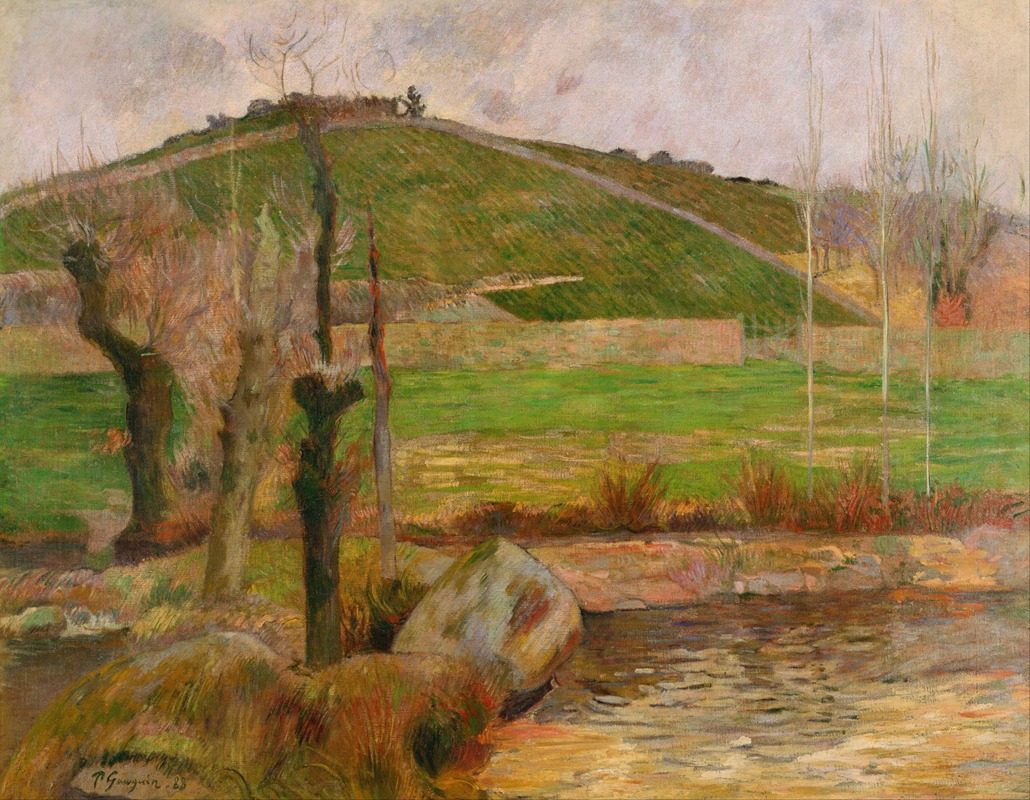
Landscape near Pont-Aven
A hand-painted replica of Paul Gauguin’s masterpiece Landscape near Pont-Aven, meticulously crafted by professional artists to capture the true essence of the original. Each piece is created with museum-quality canvas and rare mineral pigments, carefully painted by experienced artists with delicate brushstrokes and rich, layered colors to perfectly recreate the texture of the original artwork. Unlike machine-printed reproductions, this hand-painted version brings the painting to life, infused with the artist’s emotions and skill in every stroke. Whether for personal collection or home decoration, it instantly elevates the artistic atmosphere of any space.
"Landscape near Pont-Aven" is a painting by the renowned French artist Paul Gauguin, created during his stay in the Brittany region of France. Gauguin, a leading figure in the Post-Impressionist movement, is celebrated for his innovative use of color and synthetist style that sought to convey the emotional and symbolic content of subjects rather than their naturalistic appearance.
The painting was completed in the late 19th century, a period when Gauguin frequently visited Pont-Aven, a small village in Brittany known for its picturesque landscapes and vibrant artistic community. This area attracted many artists due to its natural beauty and the unique quality of light, which provided ample inspiration for plein air painting. Gauguin first visited Pont-Aven in 1886 and returned several times, finding the rural setting and the simplicity of Breton life a stark contrast to the urban environment of Paris.
"Landscape near Pont-Aven" exemplifies Gauguin's departure from the Impressionist style that dominated the art scene at the time. Instead of focusing on capturing the fleeting effects of light and atmosphere, Gauguin was more interested in the symbolic and expressive potential of color and form. This approach is evident in the painting's bold use of color and simplified shapes, which reflect Gauguin's desire to convey a deeper emotional resonance.
The composition of "Landscape near Pont-Aven" is characterized by its vibrant palette and the use of flat, unmodulated colors. Gauguin often employed a technique known as "cloisonnism," which involves outlining areas of color with dark contours, reminiscent of stained glass or cloisonné enamel work. This technique helped to emphasize the decorative and abstract qualities of the painting, setting it apart from the more naturalistic tendencies of Impressionism.
Gauguin's time in Pont-Aven was also marked by his interactions with other artists, such as Émile Bernard, with whom he developed the synthetist style. This style emphasized the synthesis of subject and form, where the artist's perception and imagination played a crucial role in the creation of the artwork. "Landscape near Pont-Aven" reflects these principles, as Gauguin sought to capture not just the physical appearance of the landscape but also its spiritual and emotional essence.
The painting is a testament to Gauguin's innovative spirit and his quest to explore new artistic frontiers. His work in Pont-Aven laid the groundwork for his later explorations in Tahiti, where he continued to develop his unique style, further distancing himself from European artistic conventions. "Landscape near Pont-Aven" remains an important piece in Gauguin's oeuvre, illustrating his transition from Impressionism to a more symbolic and expressive form of art that would influence future generations of artists.
Today, "Landscape near Pont-Aven" is appreciated for its bold use of color and its role in the evolution of modern art. Gauguin's work continues to be studied and admired for its contribution to the development of Post-Impressionism and its impact on the trajectory of 20th-century art.





